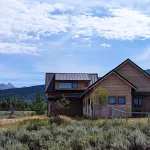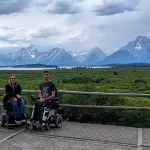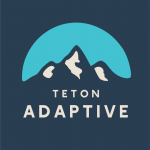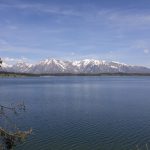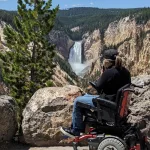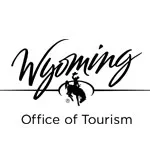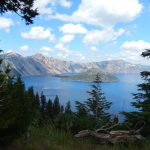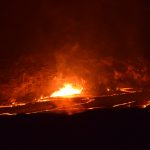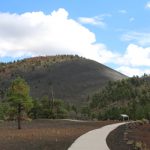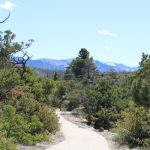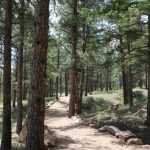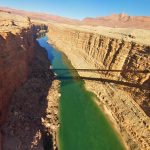Craters of the Moon National Monument and Preserve in central Idaho is a unique landscape shaped by volcanic activity, offering stunning vistas of lava fields, cinder cones, and lava tubes. While its rugged terrain poses challenges for wheelchair users, some areas have been adapted to enhance accessibility. While not all areas are accessible, the park has made commendable efforts to provide access to key viewpoints and trails. With proper planning and the right equipment, wheelchair users can enjoy this volcanic wonderland’s surreal and captivating landscapes.
Visitor Center
The Robert Limbert Visitor Center is fully accessible, providing ramps, accessible restrooms, and reserved parking spots. Inside, interactive exhibits and an informative film about the park’s geology and history are available, with all areas easily navigable by wheelchair.
Trails and Viewing Areas
- Loop Road: The seven-mile Loop Road offers scenic overlooks that are accessible by car. Several viewpoints along this route have paved paths and accessible parking, allowing for excellent views of the volcanic landscape.
- Devil’s Orchard Nature Trail: This half-mile loop is one of the most accessible trails in the park. It features a paved, relatively level path with interpretive signs explaining the unique flora and geology of the area.
- North Crater Flow Trail: This short trail is partially accessible with a paved path that allows wheelchair users to get up close to some of the park’s interesting lava formations. Some sections may be uneven, so caution is advised.
- Spatter Cones: A brief but steep paved trail leads to the spatter cones. While the steep incline can be challenging, those with assistance or motorized wheelchairs may find the effort rewarding for the remarkable views.
Challenges
- Lava Tubes and Caves: Unfortunately, the park’s lava tubes, such as the Indian Tunnel, are not accessible due to the rough and uneven terrain.
- Restroom Facilities: While accessible restrooms are available at the Visitor Center, some of the facilities at remote locations may not be fully equipped.
- Path Conditions: The volcanic terrain makes it difficult to maintain completely smooth paths. Some trails may have rough patches, inclines, or loose gravel.
Tips for Wheelchair Travelers
- Plan Ahead: Check the latest park updates and trail conditions. The park’s website and visitor center staff can provide current information on accessibility.
- Power Assistance: A motorized wheelchair, scooter, or power assistance device can help navigate some of the steeper or rougher paths. This includes bringing a capable travel companion.






































